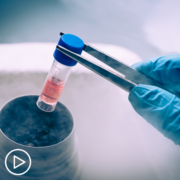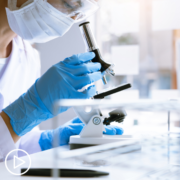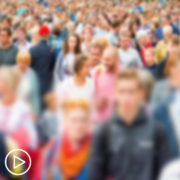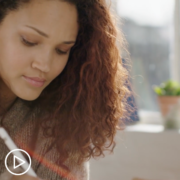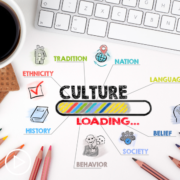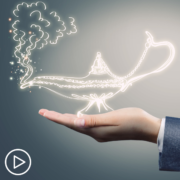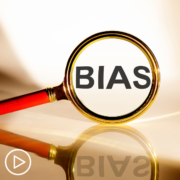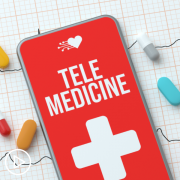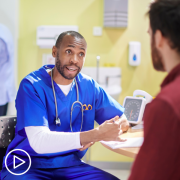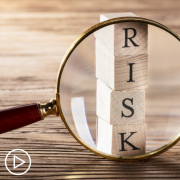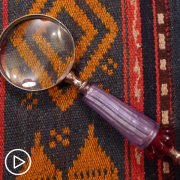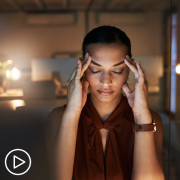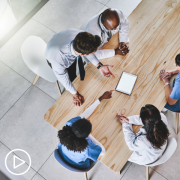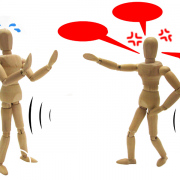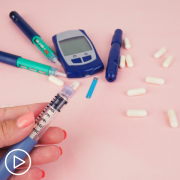How Bone Marrow Biopsies Impact Acute Myeloid Leukemia Treatment and Care
How Bone Marrow Biopsies Impact Acute Myeloid Leukemia Treatment and Care from Patient Empowerment Network on Vimeo.
How are acute myeloid leukemia (AML) treatment and care impacted by bone marrow biopsies? Expert Dr. Andrew Hantel from Dana-Farber Cancer Institute and Harvard Medical School explains the role that bone marrow biopsies play in AML diagnosis and monitoring and how they help guide informed treatment decisions.
Download Resource Guide | Descargar guía de recursos
Related Resources:
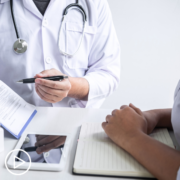
Novel AML Therapy Use | Impact of Socioeconomic Status and Other Factors |
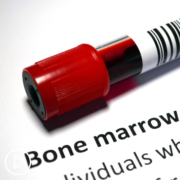
Do AML Bone Marrow Biopsies Show Racial and Ethnic Variances? |
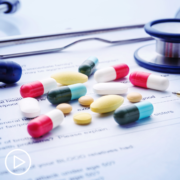
|
Transcript:
Lisa Hatfield:
Dr. Hantel, can you explain how insights gained from bone marrow biopsies impact treatment strategies for patients with AML? And how often might individuals with AML undergo these biopsies during their treatment course? And what specific objectives do these follow-up biopsies serve?
Dr. Andrew Hantel:
Sure. So bone marrow biopsies provide critical insights into the diagnosis and monitoring of AML. They help to determine the specific type of leukemia diagnosis. They help determine the effectiveness of ongoing treatments and to guide our therapeutic decisions. For people with AML, these biopsies are typically performed initially at diagnosis and then during treatment to assess response and sometimes add intervals to monitor for disease recurrence.
The specific timing is really dependent in follow-up on what somebody’s counts are like, which treatments they’ve received, and what their options are in terms of future treatment, if that’s being considered. When somebody gets a biopsy, we look at the cells under a microscope. And we perform specific tests to look at the different characteristics of the cells like the DNA of the leukemia cells.
And together with the clinical information of the patient, such as what other conditions they might have and then their values, meaning what are their goals and what’s most important to them? The things we see under the microscope and in those tests can together inform us as to which treatments both might be effective and align with these other factors.
For instance, we had a patient last week who was in their late 70s, and the testing from their blood bone marrow saw that there was a specific mutation in their leukemia that would allow them to actually just take a pill instead of getting kind of a more complex and infusion IV medication for the treatment of their leukemia.
And so based on that test and based on that biopsy, we’re able to have that patient actually go home from the hospital and start that treatment as an outpatient and come back and forth to clinic rather than need to stay into the hospital for a different type of therapy and remain there for observation. And so understanding the results of these biopsies can really help patients and healthcare providers make informed decisions about the course of treatment and any adjustments to the therapy that might be needed.

